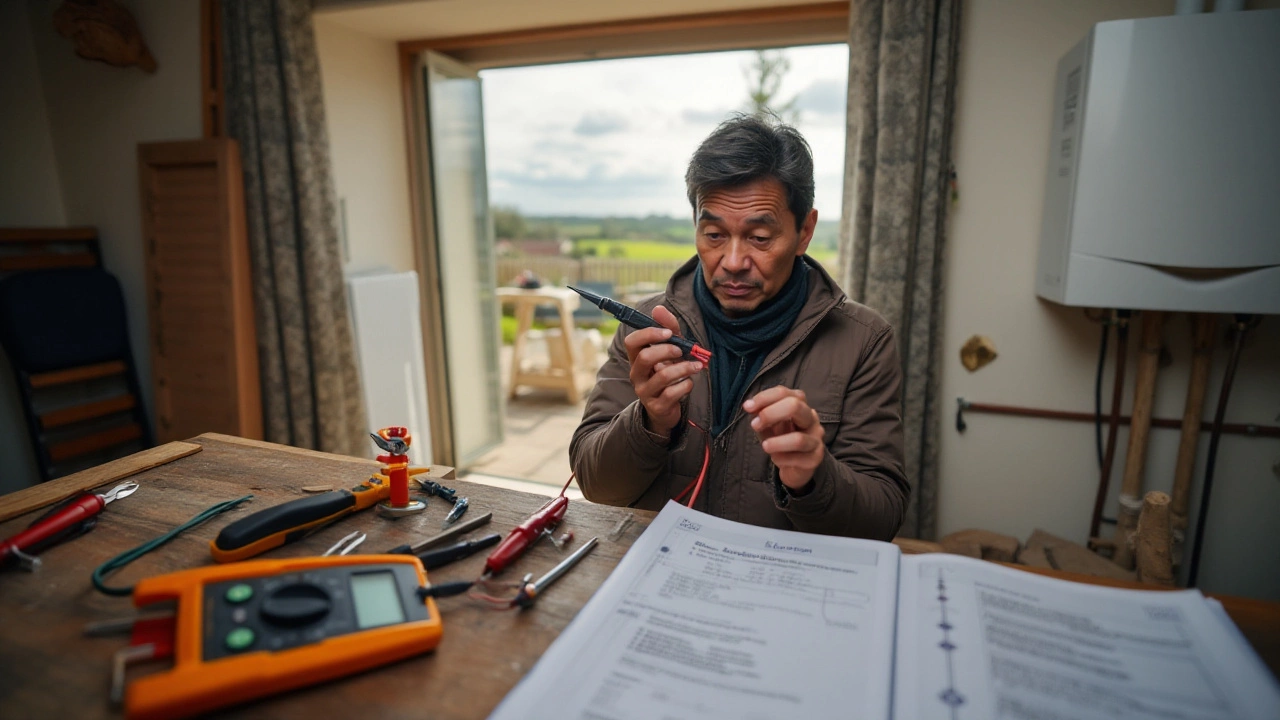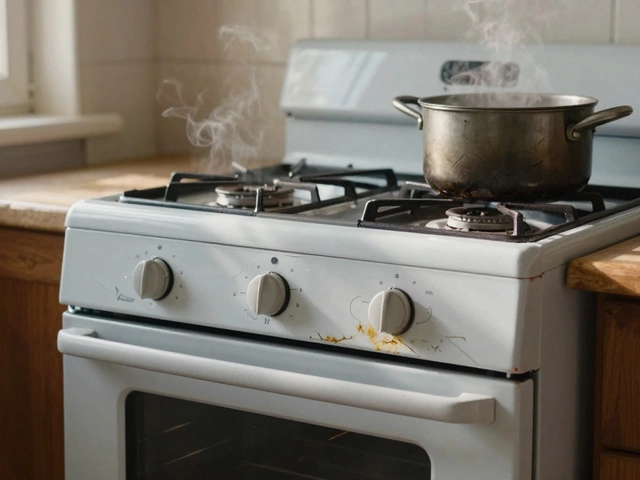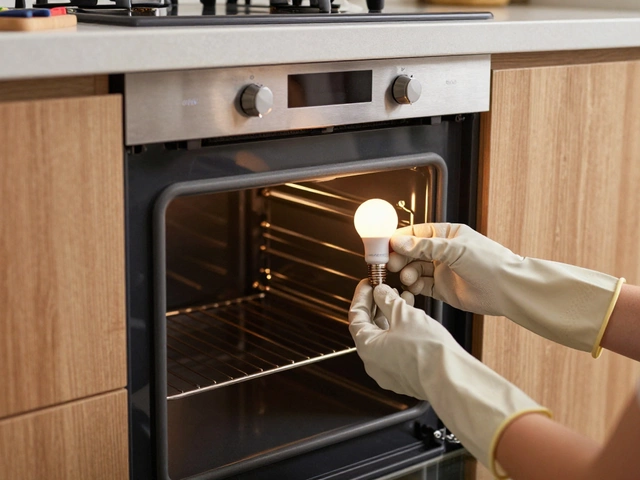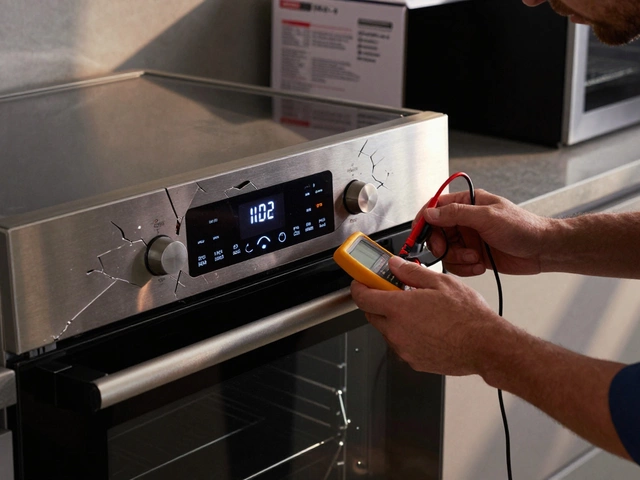Tripping Circuit? How to Diagnose and Fix Common Causes
Ever flip a switch and watch the breaker pop right back up? It’s frustrating, and if it happens often, something’s not right. Before you call an electrician, there are a few easy checks you can do yourself. They’ll save you time, keep your appliances safe, and help you decide if you need a professional from Hinckley Home Appliance Repair Services.
Common Reasons Your Circuit Breaker Trips
Most tripping circuits are caused by three things: overload, short circuit, or a ground fault. An overload happens when you plug too many high‑power devices into one outlet – think a dryer, heater, and microwave all on the same line. The breaker senses the extra draw and shuts off to protect the wiring.
A short circuit is more serious. It occurs when a live wire touches a neutral or another live wire. You might notice a spark or a buzzing sound before the breaker trips. Ground faults are similar but involve a live wire touching a grounded metal part, like the metal casing of a fridge.
Other culprits include a faulty breaker itself, worn‑out wiring, or a broken appliance component. In older homes, the wiring may not meet today’s load demands, so even normal usage can cause trips.
Safe Steps to Reset and Test the Circuit
First, turn off all devices on the affected circuit. Unplug everything – that includes lamps, chargers, kitchen gadgets, and any big appliances that share the line.
Next, locate the breaker box. Flip the tripped breaker fully to the “off” position, then back to “on.” If it stays on, plug in one device at a time and watch the breaker. When it trips again, you’ve found the problem appliance.
If the breaker keeps tripping with nothing plugged in, the issue is likely in the wiring or the breaker. That’s when you should call a qualified electrician or a local repair service. Trying to fix wiring yourself can be dangerous and may void insurance.
When you do identify a faulty appliance, check the power cord for damage, ensure the plug fits snugly, and look for obvious signs of wear. A frayed cord can cause a short and trip the breaker. If the appliance appears fine but still trips the circuit, it probably has an internal fault that needs a professional look.
Remember, safety comes first. Never force a breaker to stay on; it’s there to protect you from fire risk. If you’re ever unsure, it’s cheaper and safer to let a pro handle it.
At Hinckley Home Appliance Repair Services, we specialize in diagnosing why circuits trip and fixing the root cause. Whether it’s a faulty washing machine motor, a broken oven heating element, or an aging breaker, our technicians have the tools and expertise to get your home back to normal without hassle.
Give us a call when you’ve ruled out simple overloads and still face repeated trips. We’ll come out, test the circuit, and either repair the appliance or recommend a safe, code‑compliant solution. No guessing, just reliable service that keeps your lights on and your family safe.
14 December 2024
·
0 Comments
A water heater that keeps tripping can be both a nuisance and a potential hazard if not addressed properly. This guide explores the common causes behind this issue and provides practical steps for homeowners to diagnose and fix the problem. You'll learn how to identify faulty components, manage electrical issues, and maintain your water heater to prevent future occurrences. Through clear explanations and handy tips, you can ensure a more reliable and efficient heating system in your home. Regular maintenance practices to extend your water heater's lifespan are also discussed.
Read more






